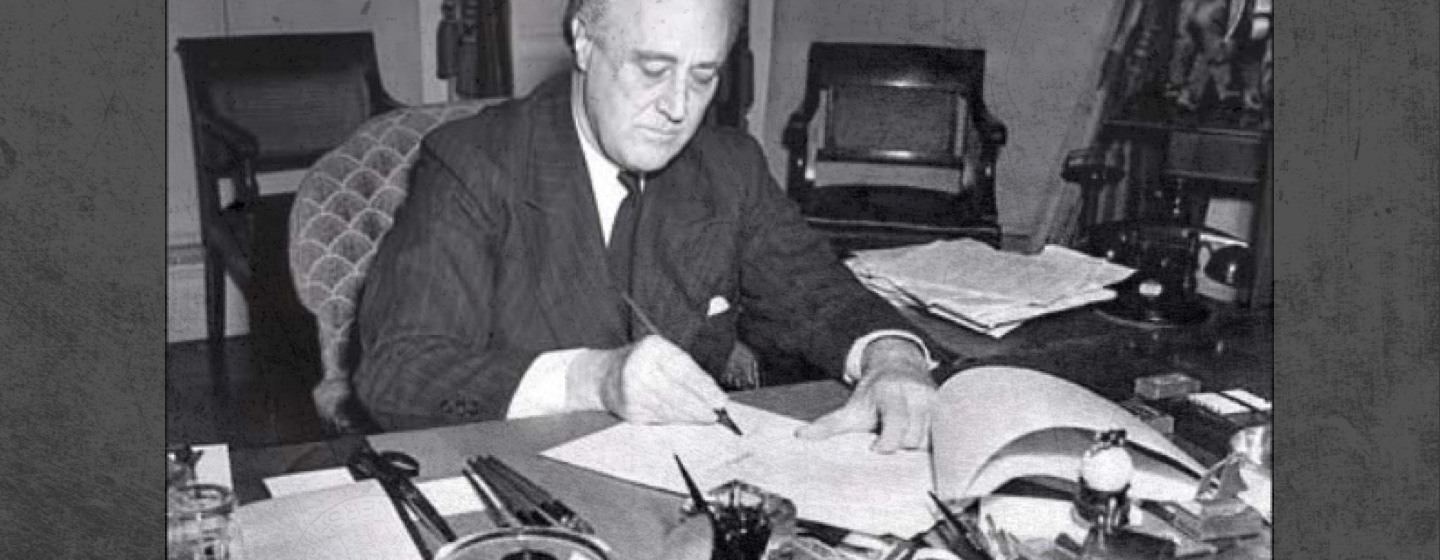
The Lend-Lease Act was a program designed to support to the Allied nations by providing them with resources necessary to continue fighting the Axis powers. It was introduced by President Franklin Delano Roosevelt (FDR) and was enacted by Congress on March 11th, 1941.
This article will explain the background of this program as well as the significance it had on WWII.
Background of the Lend-Lease Act
The Lend-Lease Act replaced the previously used “cash and carry” program that sold resources to the Allies. Winston Churchill, prime minister of the United Kingdom, eventually expressed that the United Kingdom could no longer afford to pay for the much-needed supply of resources provided by the United States.
Lend-Lease Act Details
Roosevelt then introduced the Lend-Lease Act to Congress that gave him the ability “to sell, transfer title to, exchange, lease, lend, or otherwise dispose of…” resources to “any country whose defense the President deems vital to the defense of the United States.”

These resources included:
- Warplanes
- Warships
- Weapons
- Chemicals
- Building supplies
- Food
- Oil
The primary difference between the “cash and carry” program and the lend-lease act was that rather than paying for the supplies, the United Kingdom would simply return the resources when they were no longer needed.
President Roosevelt used the following analogy to raise support of the Lend-Lease Act: “Suppose my neighbor’s home catches fire, and I have a length of garden hose four or five hundred feet away. If he can take my garden hose and connect it up with his hydrant, I may help him to put out his fire…I don’t say to him before that operation, ‘Neighbor, my garden hose cost me $15; you have to pay me $15 for it.’ I don’t want $15 — I want my garden hose back after the fire is over. ”
Outcome and Legacy of the Lend-Lease Act
Originally only used to send resources to Britain, the Lend-Lease Act was eventually extended to almost 40 countries, including the Soviet Union, China, Poland, Australia and Brazil. When added together, these resources valued around fifty-billion dollars in total.
Without the Lend-Lease Act, it is possible the Allies wouldn’t have been able to continue fighting in WWII and would have been forced to surrender to the Axis powers. This program also allowed the United States to remain neutral in WWII for an extended amount — saving countless American lives.






